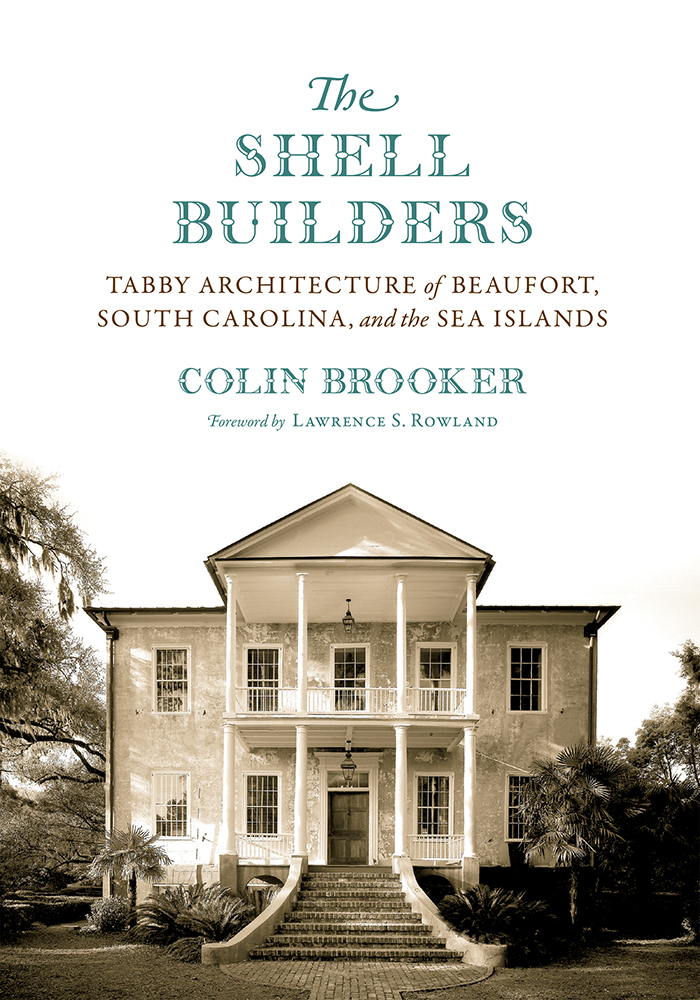
Size: 7 x 10
Pages: 318
Illustrations: 86 b&w halftones
Colin Brooker
The inclusion of this book in the Open Carolina collection is made possible by the generous funding of
"Brooker explores tabby from every conceivable angle, including its chemistry, antecedents, variants, history, and literature, and writes with winning ease. His research is impeccable, and his knowledge of the material profound."—The Northern Mariner
"Brooker takes the reader on an in-depth historical tour of the history of tabby from its roots in North Africa up to modern day research and restoration... Take this book as your opportunity to explore your local landmarks and as a rich field guide to the hidden treasures and rich heritage of South Carolina."—South Carolina Libraries
"Colin Brooker's The Shell Builders: Tabby Architecture of Beaufort, South Carolina, and the Sea Islands is a monumental assemblage of decades of experience and research regarding this material that focuses on examples from Beaufort, South Carolina, and the Sea Islands in this region... this volume will likely prove to be a foundational elucidation of the value of this material."—Journal of Southern History
"Grounded on research remarkable for both its depth and breadth, architect Colin Brooker traces the complicated origins of tabby construction across three continents and many centuries. This much-needed book finally pulls together the complicated origins of the Lowcountry's distinctive early building method for anyone who is interested in the architectural history of South Carolina."—Carter L. Hudgins, Clemson University
"Colin Brooker's The Shell Builders is an extremely valuable contribution to the study of one of this region's most distinctive expressions of vernacular architecture. No other publication provides the breadth and detail that Brooker achieves in this work."—Project Muse
Copyright 2025
Website By Morweb.org